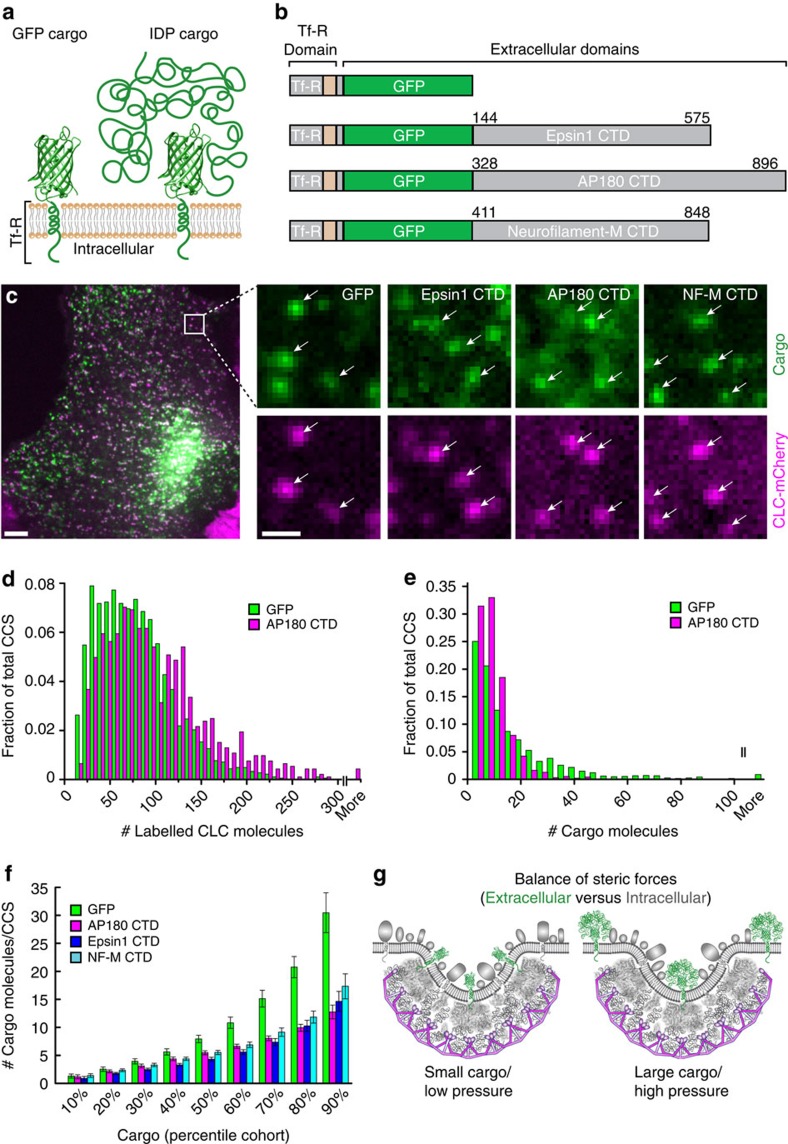Figure 3. Crowded adaptor CTDs apply physiologically relevant forces to clathrin-coated structures.
(a) Chimaeric IDP cargo used in cell expression experiments. The control GFP cargo (left) consists of the intracellular and transmembrane domains of the transferrin receptor (amino acids 1–85) containing the YXXφ internalization motif recognized by the clathrin adaptor AP-2, with an extracellular GFP fluorophore. The IDP proteins Epsin1 CTD, AP180 CTD and neurofilament-M CTD were attached onto the extracellular GFP fluorophore (right) to yield IDP cargo constructs. (b) Domain diagrams and the amino-acid lengths for the GFP and IDP cargo. (c) Disordered protein cargos were transiently overexpressed in retinal pigmented epithelial (RPE) cells stably expressing mCherry-tagged clathrin light chain (CLC). A single-confocal section of an RPE cell (left) expressing GFP cargo, and insets of the individual channels (right). Arrows mark clathrin-coated structures (CCS) (mCherry), and the colocalized cargo (EGFP). Scale bar for the whole-cell image represents 5 μm. Scale bar for insets represents 1 μm and applies to all images. (d) Histogram of number of labelled CLC-mCherry molecules for cells expressing the GFP cargo (green bars, mean±s.d.=74.9±42.4 molecules) compared with cells expressing AP180 CTD cargo (magenta bars, mean±s.d.=95.8±57.9 molecules). (e) Histogram of the number of cargo molecules per CCS for cells expressing the GFP cargo (green bars, mean±s.d.=16.2±19.6 molecules) compared with cells expressing the AP180 CTD cargo (magenta bars, mean±s.d.=7.8±7.2 molecules). (f) Number of cargo molecules per CCS, displayed as percentile cohorts for each of the cargo constructs (GFP, green bars; AP180 CTD, magenta bars; Epsin1 CTD, blue bars; and NF-M CTD, cyan bars). Data in d–f is from two dishes of cells per condition representing independent transfections. Experimental n values are as follows: GFP, n=1825 structures, 17 cells; AP180 CTD, n=925 structures, 12 cells; Epsin1 CTD, n=1047 structures, 9 cells; and NF-M CTD, n=1287 structures, 19 cells. (g) Summary model proposing that intrinsically disordered proteins, when crowded, can exert steric pressure that is sufficient to modulate the content of clathrin-coated pits.

